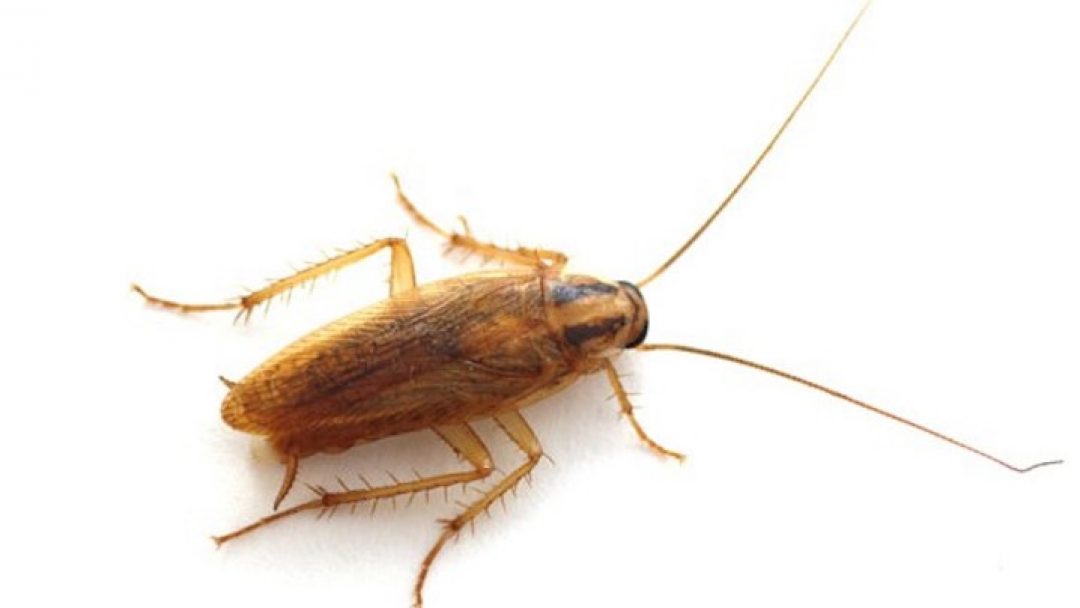The rainy start to 2019 may have been a relief for some, but it has the potential to bring unwanted problems.
Temperatures are warming and that, combined with the recent amounts of rainfall, may mean more bugs this year. Some experts believe the bug increase may be a good thing for the environment, but pest control specialists are preparing to help rid your hour of those creepy crawlers.
According to the National Pest Management Association, insect populations in the Southwest are expected to rise. “That’s what most people in the industry are saying,” said a technician with Green Home Pest Control, Shane Hill. “Some of the research we’ve been looking at, mostly just like crickets and cockroaches, those kinds of bugs that like water.”
Hill says residents should expect more crickets, cockroaches, and scorpions. “Since we have the uptick in crickets and cockroaches, that’s their food source,” said Hill. “So, the main way to control scorpions is to get rid of all those other bugs that they might be eating.”
Mike Livingston, and Arizona residents, said his house had a bug problem when he moved in. “I would see those stupid roaches that Arizona has,” said Livingston. To combat the bugs, he began having his house sprayed every year. “Since they started spraying, I don’t have a lot of trouble,” said Livingston. “Only thing I see are some cobwebs around outside, mostly.”
The Phoenix Zoo said that an increase in bugs can actually be a positive thing. “That gives reptiles a lot of stuff to eat, in turn, like mammals,” said Damien Renner, a bug enthusiast and Senior Reptiles Keeper at the Phoenix Zoo. “If rodents eat locust or grasshoppers, rodent populations are up a little bit too, which people may not want to hear, but rattlesnake populations are also up, and rattlesnake populations are super important because they keep important diseases like Lyme Disease in check.”
Due to the El Niño weather pattern this year, other areas are expecting an increase in insects. The Northeast is expecting more ticks, and the Southeast is planning for more mosquitoes.








